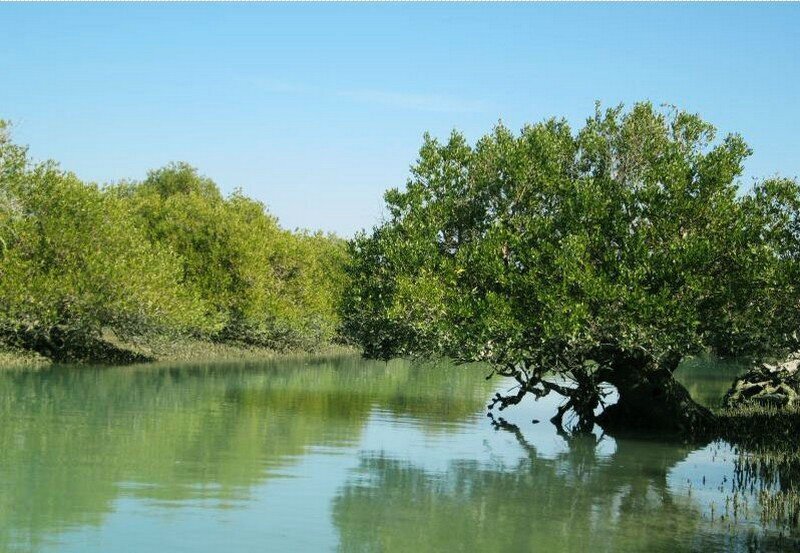Iranian researchers prove practicality of drones in managing mangrove forests

TEHRAN – An innovative study done by Iranian researchers has confirmed the practical use of drones as cost-effective tools for monitoring and managing mangrove forests.
Mangrove forests are rich ecosystems that support the planet and humanity in unique ways by providing conditions for fish growth, storing carbon, and fighting floods. They are able to store about 6 to 8 tons of carbon per hectare of soil per year.
The results of the study, conducted by Ali Karimi, Behrooz Abtahi, and Keivan Kabiri, have been published in the international monthly journal ‘forests’ on July 20.
According to the research, drones can provide reliable estimates of blue carbon (BC) through non-invasive means—eliminating the need to harvest, cut, or physically disturb individual trees—supporting their application in mangrove monitoring and ecosystem service assessments, even under challenging field conditions.
Accurate, scalable, and cost-effective methods for estimating carbon stocks in these environments are essential for conservation planning.
The study was conducted in the Melgonze mangrove forest along the southern section of the Mond Protected Area, in south-western Iran, along the northern coast of the Persian Gulf.
The study included 30 field-measured trees and 30 drone-measured trees, which, while informative, represent a small sample size and should be interpreted accordingly. Nevertheless, drone-based estimates closely matched field-based ones at the individual level.
The strong correlations between tree height and crown diameter support the use of drones for mangrove monitoring. Although drone-derived tree heights significantly differed from field measurements, the final estimations of AGB and BC based on both height sources showed no significant difference.
These results highlight the viability of drone data for accurate carbon estimation in similar ecological contexts.
Drones offer several advantages, including cost and time efficiency, as well as access to otherwise impassable environments—such as muddy, tidal zones—thus reinforcing their value in coastal management programs.
Mangrove forests in Iran mostly consist of the Avicenna marina, known as Hara, named after the 11th-century great Iranian scientist Avicenna, or Abu-Ali-Sina.
The mangrove tree, as a wonder of the marine environment, offers many benefits to various species, including birds, fish, crustaceans, and even some terrestrial animals, and stabilizes the soil, as well.
Mangrove forests contribute to the creation of a complete ecosystem. Above water, mangrove trees provide a habitat for birds while amphibians and small fish live on their roots. Mangroves play a crucial role in preserving the beach soil and protecting it from erosion. Mangrove trees play a vital role in maintaining the ecological balance of sea coasts.
Mangrove ecosystems in the northern Persian Gulf are facing a range of environmental pressures, like increased salinity levels, human-induced threats, such as the construction of a nonstandard road and bridge, and climate change, like rising temperatures and sea levels.
MT/MG
Leave a Comment